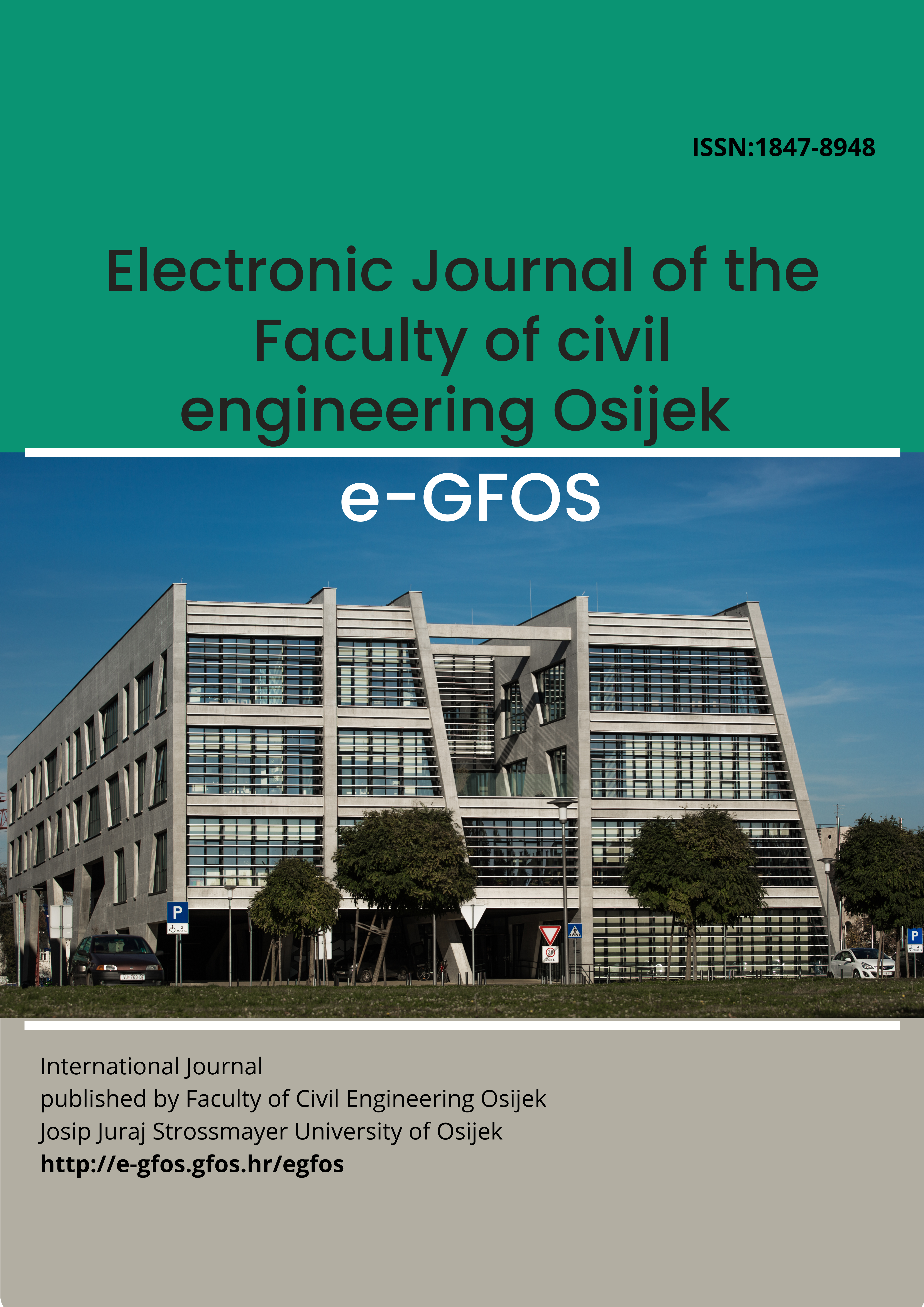USAGE OF STEEL SLAG AS A CONSTRUCTION MATERIAL AND IN ENVIRONMENTAL APPLICATIONS
Keywords:
environmental assessment; road construction; steel slag; leaching; environmental remediationAbstract
Steel slag is a by-product in the production of steel. An increase of its production results in more landfills. It is mostly used as a building material in the construction of roads, where it substitutes natural materials. The use of steel slag in road construction has multiple benefits; both by solving the challenges of waste disposal and preserving environmental resources by moderating the consumption of non-renewable and natural aggregates. Apart from being used as a building material, steel slag is also used in numerous environmental applications, such as soil and water remediation and CO2 sequestration. However, a multidisciplinary environmental impact study of steel slag, particularly regarding both the aquatic and terrestrial organisms, is lacking. Steel slag contains traces of potentially harmful elements that endanger these living organisms, including heavy metals released into the environment. A high pH value can also significantly influence their leaching properties, thereby affecting the organisms in the water and soil. Given the widespread utility of steel slag, it is recommended to make a thorough risk assessment associated with the various environmental applications of this material.

